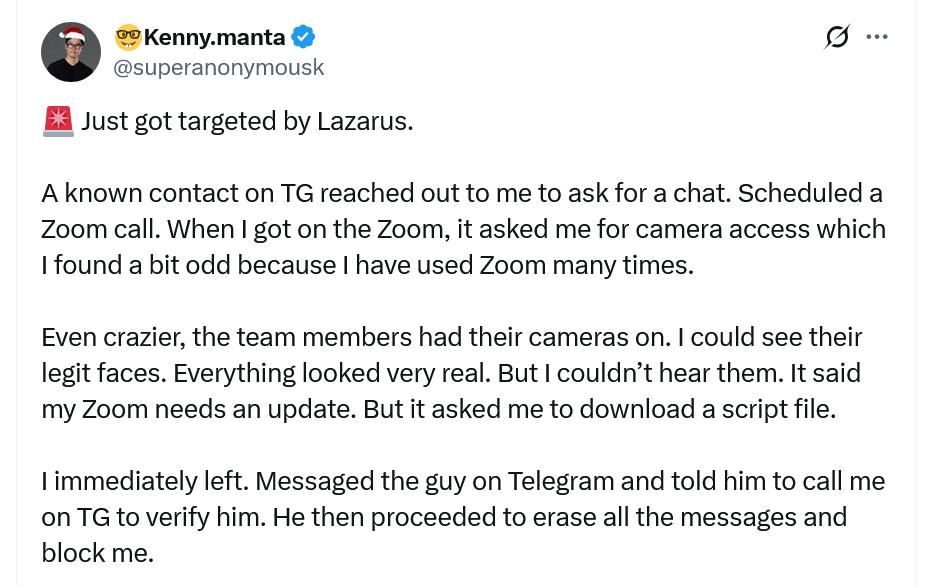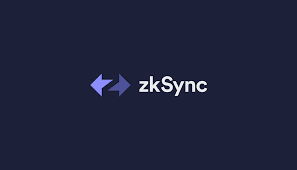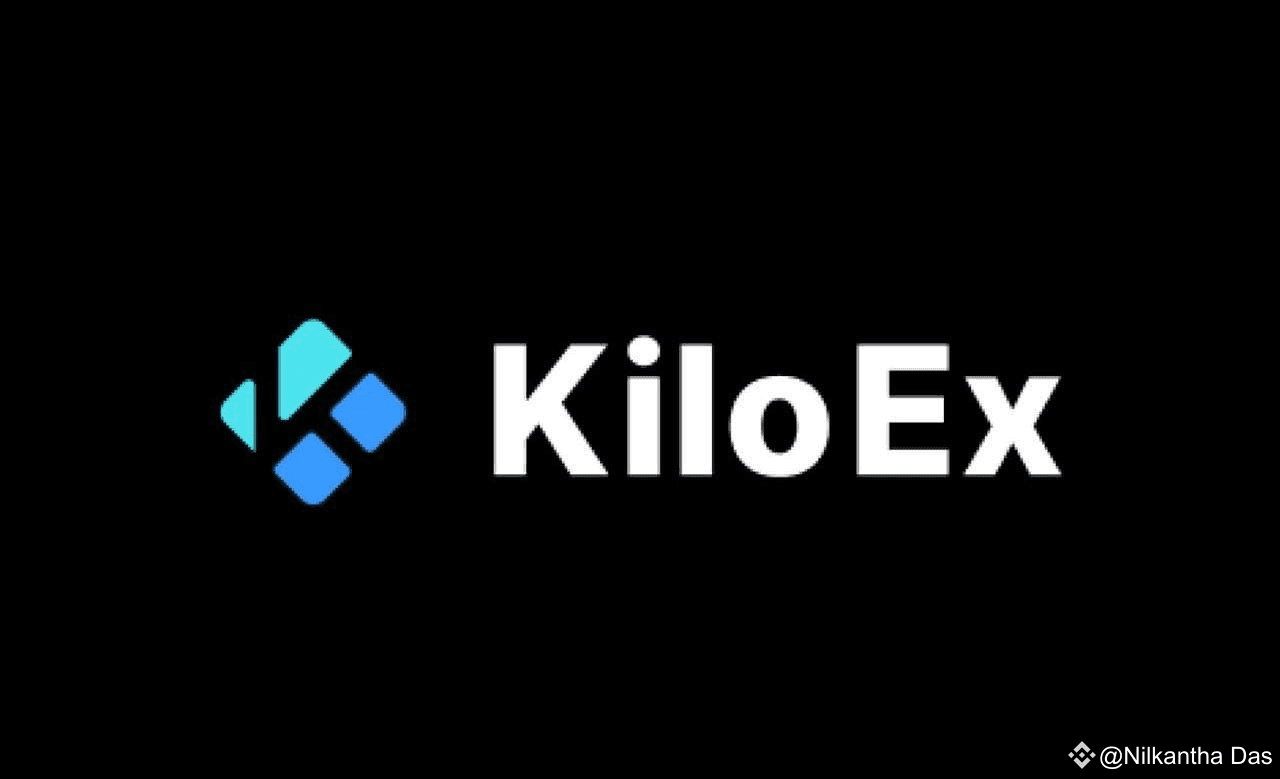Crypto Recap
Apr 20, 2025
Weekly Crypto Recap (April 14th - April 20th)
TRUMP Tokenholders Face 90% Decline From Peak as $309M Unlock Begins

Background
TRUMP memecoin holders are bracing for major losses as a key vesting event on April 18 unleashes $309 million worth of tokens—20% of the circulating supply—at a price nearly 90% below January highs.
Key Points
- 40 million tokens unlock April 18, valued at $309M, with more smaller daily unlocks to follow.
- Token is down 89.5% from its $73.43 ATH, reached days after launch in January.
- Over 800,000 wallets are now underwater, with collective paper losses nearing $2B.
- Unlocked tokens go to CIC Digital LLC and Fight Fight Fight LLC, both tied to Donald Trump’s business entities.
- Ownership disclosures reveal Trump family control over 80% of the supply via affiliated trusts.
Key Takeaway
The massive unlock may spark fresh volatility and selling pressure, especially with most supply still concentrated in Trump-linked entities—raising questions of transparency and fairness amid deep community losses.
Manta Founder Avoids Lazarus Group Zoom Hack Using Real Video Footage

Background
Manta Network co-founder Kenny Li revealed he narrowly avoided a sophisticated phishing attack via Zoom, allegedly orchestrated by North Korea’s Lazarus Group. The exploit used real video footage of known individuals and attempted to trick him into downloading a malicious script.
Key Points
- Attackers impersonated trusted contacts using what appeared to be live webcam footage, but no sound.
- Li was prompted to download a “Zoom update” script file, which triggered suspicion.
- When asked to verify via Telegram call, the attackers deleted messages and blocked Li.
- The compromised video was likely from past real recordings, not AI-generated.
- Other crypto execs and DAOs report similar attack vectors, including pressure to install custom Zoom apps.
Key Takeaway
Lazarus Group’s phishing strategy is evolving, now leveraging stolen real video footage to create highly believable deception. Li’s experience underscores a critical rule: never download files from unsolicited sources, even during live video calls.
EigenLayer Activates Mainnet Slashing, Hits Feature-Complete Milestone

Background
EigenLayer has officially activated its slashing mechanism on mainnet as of April 17, implementing ELIPs 002–004 and marking a major step toward programmable trust across its ecosystem.
Key Points
- Slashing is now live, enabling penalty enforcement for over 190 AVSs and 80,000+ stakers.
- ELIPs 002–004 establish onchain slashing rules for validator misconduct or protocol breaches.
- mev-commit protocol is integrated but will not trigger slashing yet for preconf reward validators.
- Described as the first scalable implementation of “programmable trust” in restaking systems.
- Slashing helps ensure accountability and incentive alignment across EigenLayer’s shared security network.
Key Takeaway
With slashing enabled and core protocols in place, EigenLayer has reached a feature-complete phase—ushering in a new era of trust-minimized coordination for AVSs and validators alike.
A16z Doubles Down on LayerZero With $55M Token Investment

Background
Andreessen Horowitz (a16z) has reaffirmed its conviction in LayerZero by investing $55 million through tokens with a three-year lock-up, further strengthening its position in the crosschain infrastructure space.
Key Points
- $55M invested in LayerZero tokens with a three-year lock-up, according to a16z’s Ali Yahya.
- This is a16z’s third major investment in LayerZero, following participation in the project’s Series B at a $3B valuation.
- LayerZero enables crosschain messaging, allowing DApps and traders to interact seamlessly across blockchains.
- Competitors include Wormhole, Stargate, and Connext—with the space gaining momentum amid the rise of omnichain applications.
- LayerZero settled with the FTX estate earlier this year and launched its ZRO token in mid-2024.
Key Takeaway
A16z’s renewed commitment underscores growing confidence in LayerZero’s role as a backbone for interoperable Web3 infrastructure—positioning the protocol as a leader in the emerging omnichain future.
Eliza Labs Launches ‘No-Code’ Platform for Creating AI Agents

Background
Eliza Labs, the company behind elizaOS, has officially launched auto.fun, a no-code platform that lets users create and deploy AI agents across Web3 apps and platforms like X and DeFi protocols.
Key Points
- Auto.fun enables anyone to build AI agents without coding, using templates like “Twitter bot” or “yield optimizer.”
- These agents can automate trading, manage social media, or optimize DeFi strategies using plain English instructions.
- The platform is powered by elizaOS, which calls itself the “operating system for AI agents.”
- Eliza’s native token ai16z serves governance and utility roles and currently sits at a $145M market cap.
- The project’s DAO holds over $25 million in AUM, and the AI agent market is forecast to grow nearly 10x in one year.
Key Takeaway
By launching a no-code AI agent builder, Eliza Labs positions itself at the intersection of AI and Web3—unlocking a new wave of programmable, autonomous tools for mainstream users and developers alike.
Trump-Backed WLFI Lands $25M Strategic Investment from DWF Labs

Background
World Liberty Financial (WLFI), a Trump family-linked DeFi project on Ethereum, has secured a $25 million investment from DWF Labs in a private deal, strengthening its position as a serious player in the decentralized finance space.
Key Points
- DWF Labs acquired $25M worth of WLFI tokens in a strategic private transaction.
- The firm will also provide liquidity for WLFI’s stablecoin, USD1, launched last month.
- WLFI offers crypto borrowing/lending services and aims to address real-world financial needs.
- DWF's investment signals interest in governance participation and support for institutional-grade stablecoins.
- Trump and his family remain deeply involved—Eric Trump announced the project, and critics have questioned the potential conflict of interest with Trump’s presidency.
Key Takeaway
As the Trump administration deepens its crypto agenda, DWF Labs’ investment in WLFI not only reinforces the project's DeFi ambitions but also raises the stakes in the ongoing debate over politics, power, and Web3 finance.
Mantra CEO to Burn Team’s $236M Token Allocation After OM Collapse

Background
Following the dramatic collapse of the Mantra (OM) token, CEO John Mullin has pledged to burn the entire 300 million OM allocated to the team, a move aimed at restoring investor confidence amid accusations of manipulation and internal misconduct.
Key Points
- 300 million OM tokens—worth $236M—will be burned by the team, pending community vote.
- These tokens were locked and scheduled for release between 2027 and 2029.
- OM’s price plummeted from $6.30 to $0.52 on April 13, erasing over $5.5 billion in market value.
- Mullin is also exploring token buybacks and additional burns via Mantra’s $109M Ecosystem Fund.
- The team denies allegations of insider trading and insists the collapse stemmed from cross-exchange liquidations and prior tokenomics changes.
- Some critics argue the burn could demotivate the team and undermine long-term development.
Key Takeaway
As OM reels from a $5B collapse, Mantra's leadership is taking drastic steps to salvage trust—burning all team tokens to prove commitment. But whether that sacrifice secures the platform’s future or further destabilizes its foundation remains to be seen.
Movement Labs Investigates Market Maker Irregularities After Binance Delisting

Background
Movement Labs and the Movement Network Foundation are conducting a third-party investigation into recent market maker misconduct surrounding the $MOVE token. The review follows Binance's decision to offboard an unnamed market maker due to undisclosed irregularities linked to the project.
Key Points
- Internal probe initiated by Movement Labs and its foundation, following Binance’s removal of a market maker tied to MOVE.
- Co-founder Rushi Manche reportedly took a temporary leave, though he publicly denies being on leave and remains active in company channels.
- The investigation is described as a standard transparency measure, with no definitive outcomes or accusations yet disclosed.
- Internal Slack communications confirmed that “various routes are still being explored”, while operations continue normally.
- Crypto sleuth ZachXBT has linked the misconduct to Web3Port, though no official confirmation has been provided.
- Binance has not commented further on the identity or nature of the market maker’s misconduct.
Key Takeaway
As scrutiny around MOVE’s market activity intensifies, Movement Labs is racing to maintain credibility through a third-party investigation and leadership transparency. But with internal confusion and external speculation growing, the project's stability may hinge on the results of this probe.
ZKsync Discloses $5M Admin Account Hack, Token Drops 20%

Background
ZKsync suffered a major setback after disclosing a $5 million exploit tied to a compromised airdrop admin account. The attacker drained unclaimed ZK tokens, prompting a swift market reaction and raising concerns over protocol security.
Key Points
- $5 million in ZK tokens were stolen from a compromised admin account tied to the airdrop contract.
- The core protocol and token contract remain secure; no user funds were affected.
- ZKsync has promised a full incident report once the investigation concludes.
- The exploit triggered a 20% intraday price drop, with ZK down 15% at press time.
- The breach follows prior criticism of ZKsync’s airdrop for unfair distribution and poor Sybil filtering.
Key Takeaway
A key management lapse at ZKsync has resulted in millions lost and renewed skepticism around airdrop security. While user funds are safe, the project’s reputation takes another hit just months after its controversial token launch.
KiloEx Offers Hacker 10% Bounty After $7M Oracle Exploit

Background
KiloEx, a decentralized perpetuals exchange, has issued a stark ultimatum to the attacker who exploited its protocol for $7 million by manipulating price oracles across Base, BNB Chain, and Taiko. The platform has paused trading and is now negotiating with the hacker.
Key Points
- $7 million was stolen through a price oracle manipulation involving a wallet funded via Tornado Cash.
- The attacker altered market prices, enabling highly leveraged trades with artificially inflated returns.
- KiloEx halted operations and is working with cybersecurity partners to trace the funds.
- The team has offered the attacker to return 90% of the funds and keep 10% as a whitehat bounty.
- KiloEx warns that failure to comply will trigger legal action and public exposure of the hacker's identity.
Key Takeaway
KiloEx is taking an aggressive stance post-exploit, offering a narrow window for resolution before launching a full legal pursuit. The attack underscores continued vulnerabilities in oracle mechanisms and the growing trend of DEXs negotiating with hackers post-incident.
Warren Warns Firing Jerome Powell Could Crash Markets

Background
Senator Elizabeth Warren cautioned that if President Trump attempts to remove Federal Reserve Chair Jerome Powell, it could severely damage investor confidence and destabilize U.S. markets. Though the president lacks clear legal authority to fire Powell, Warren expressed concern he might disregard precedent.
Key Points
- Warren warned that firing Powell would “crash the markets” and undermine U.S. financial credibility.
- She emphasized the importance of Fed independence in maintaining global investor trust.
- Trump has repeatedly criticized Powell for not lowering interest rates and recently renewed calls for his dismissal.
- Senator Rick Scott echoed Trump's view, calling for a purge of Fed officials unwilling to support pro-growth monetary policy.
- Market observers speculate Trump’s tactics, including tariffs, are aimed at forcing rate cuts.
Key Takeaway
A potential showdown over Jerome Powell’s role raises serious questions about Fed independence. If Trump moves to oust him, it could trigger major volatility across equities, bonds, and crypto markets alike.
Vitalik Proposes Switching Ethereum’s EVM to RISC-V for Efficiency Gains

Background
Vitalik Buterin has proposed replacing Ethereum’s core contract language with RISC-V, a widely used open-source instruction set architecture, to address performance limitations and long-term scaling challenges.
Key Points
- RISC-V could replace the EVM to dramatically improve Ethereum’s execution efficiency, particularly for zero-knowledge proofs.
- Buterin believes this “radical change” may be essential to maintain competitiveness against high-throughput chains like Solana and Sui.
- The proposal suggests potential 100x efficiency gains, simplifying Ethereum’s consensus and execution layers.
- Ethereum’s fee revenue and user activity have declined significantly, with base layer fees at their lowest since 2020.
- Analysts warn that Ethereum’s layer-2 adoption may be cannibalizing base layer revenue, risking further drops in ETH price, currently nearing $1,500.
Key Takeaway
Vitalik’s push to overhaul Ethereum’s execution architecture reflects mounting urgency to improve performance and stay relevant as faster chains rise and base-layer revenues slump.
Lead Launderer in $190M Brazilian Crypto Scam Sentenced to Record 128 Years

Background
A Brazilian court has handed down one of the longest financial crime sentences in the country's history, targeting the laundering mastermind behind the Braiscompany crypto Ponzi scheme that defrauded over 20,000 investors.
Key Points
- Joel Ferreira de Souza received a 128-year sentence for laundering proceeds from the $190 million Braiscompany fraud.
- He used shell companies and proxy accounts to conceal investor funds.
- His son, Victor de Souza, was sentenced to 15 years, while top broker Gesana Silva received 27 years and 10 months, adding to a previous sentence for over 40 years total.
- Scheme founders Antônio Ais and Fabrícia Campos were captured in Argentina and sentenced to a combined 160 years earlier in 2024.
- Braiscompany promised 8% monthly returns and collapsed after halting payouts in early 2023, triggering Operation Halving, a federal investigation.
Key Takeaway
Brazil is sending a clear message with record-length sentences: crypto fraud and money laundering will be met with severe penalties as regulators ramp up enforcement in the wake of high-profile collapses.
Hyperliquid Dominates Onchain Perps with 70% Market Share

Background
Hyperliquid is rapidly emerging as the dominant player in the onchain perpetuals market, signaling a broader industry shift away from centralized exchanges toward decentralized derivatives trading platforms.
Key Points
- Hyperliquid now commands ~70% of the onchain perpetual futures market.
- $175 billion in trading volume was processed in March alone, with $83 billion already in April.
- The protocol's volume now represents nearly 10% of Binance’s, underscoring rising DeFi traction.
- Competitors like GMX, Jupiter, and Vertex Edge trail with smaller but stable market shares.
- Structural advantages like leverage, non-custodial design, and automated settlement are driving the adoption of onchain perps over spot DEXs and centralized platforms.
Key Takeaway
Hyperliquid’s rise marks a critical turning point in DeFi: onchain derivatives are becoming the new frontier for serious traders, challenging centralized incumbents with speed, security, and scale.